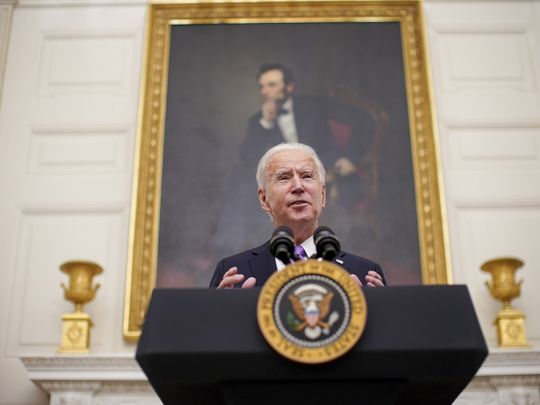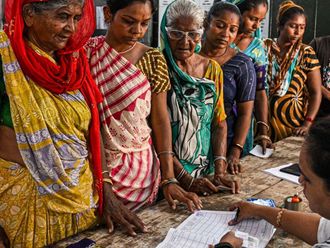
With the dust finally seeming to settle, at least for the moment, on the Indo-Chinese dispute along with Line of Actual Control in Ladakh, the relations between the two countries have also witnessed a thaw in recent days.
India has cleared the decks for a slew of foreign investments from China, which had been on the back burner since the crisis. Quick to respond, Beijing, too, has voiced its support for New Delhi holding the next Brics summit — the congregation of Brazil, Russia, India, China and South Africa — the powerhouse emerging economies.
Recently released data also show that China has once again topped the list of countries that has the highest level of foreign trade with India, toppling the US from that position.
With this newfound, or rather, re-established bonhomie, one question remains — what is the future of the Quad?
For the non-initiated, the Quadrilateral Security Dialogue, known in short as the Quad, is an informal forum between the US, Japan, Australia, and India. The grouping came into formation in 2007 at the initiative of then Japan Prime Minister Shinzo Abe. It drew support from US Vice-President Dick Cheney, Australian Prime Minister John Howard and Indian Prime Minister Dr Manmohan Singh.
An informal alliance
The main purpose of the grouping was, ostensibly, information exchange, summits and military exercises. Though it wasn’t clearly mentioned, international policywatchers believed that the formation was an informal alliance to counter the growing prominence of China. However, the group failed to make any mark during its initial days, mainly due to regime and political changes across the four countries.
Over the next decade, while the idea of the Quad remained on ice, bilateral cooperation between the countries, however, grew at a strong pace. India even held military exercises during this period with both the US and Australia.
The Quad was somewhat revived in 2017, and has held several rounds of talks since then, while military exercises have continued, most notably the Malabar exercises in November last year.
The Quad countries now have higher levels of cooperation than they did in 2007. Deeper levels of engagement are now in place in the foreign policy, security and military spheres. India, at the same time, is seeking to widen its influence in its immediate neighbourhood, while Japan is seeking the same route in the Indian Ocean region.
Then, of course, came COVID-19. The economic whiplash that hit the world in the aftermath of the pandemic has weakened every country on earth.
So, now, what lies ahead for the Quad? Let’s take the countries one by one.
Biden's 'mending bridges' policy
The US, under the new administration of Joe Biden, is unlikely to focus much on the matter, as its primary concern now is to fight the raging pandemic, which has taken more than half a million lives. In terms of foreign policy, Biden is focused much more on mending bridges than breaking them, unlike his belligerent predecessor.
Australia, while wary of China’s influence and seeking a counterbalancing option, is nevertheless too deeply tied with Beijing economically to think of any openly hostile stance. Being a commodity exporter, Canberra’s primary market for its coal and iron ore exports are the industries on the Chinese mainland.
India, weakened as it is by the economic aftermath of the COVID-19 pandemic, is also in no state to pledge funds or effort towards the Quad.
In addition, India has always been intent on retaining its sovereign right to take autonomous decisions, which recently prompted its decision not to join the Regional Comprehensive Economic Partnership, an economic alliance led by China, of which, ironically, Japan and Australia are also a part.
Japan, too, continues to reel under the impact of the pandemic, as it reimposed a state of emergency in Tokyo and some other areas.
Thus, taken together, none of the countries currently are in any position to make the Quad a regional force to reckon with.
However, there may be some hope still left for the group. The simple way forward is not to use it as a focal point against any particular country, but as a means to foster deeper cooperation across all fields. These four nations are all major players on the world stage and thus multilateral cooperation will only strengthen their ties across all fronts.
Once the ties are stronger and the economies have regained their strengths, then maybe it would be possible to look at broader military cooperation. The idea of an Asian version of the North Atlantic Treaty Organisation (Nato) is fascinating, and need not be directed against anyone.
I’m sure despite the presence of the Nato forces, no one in France or Germany seriously believes there will be missiles raining down from the East. The same logic can also be applied in this case.
As far as India is concerned, the country’s policymakers best wait and watch till the global situation becomes clear. Future strategies will have to be decided based on geopolitical realities and national self-interest.









